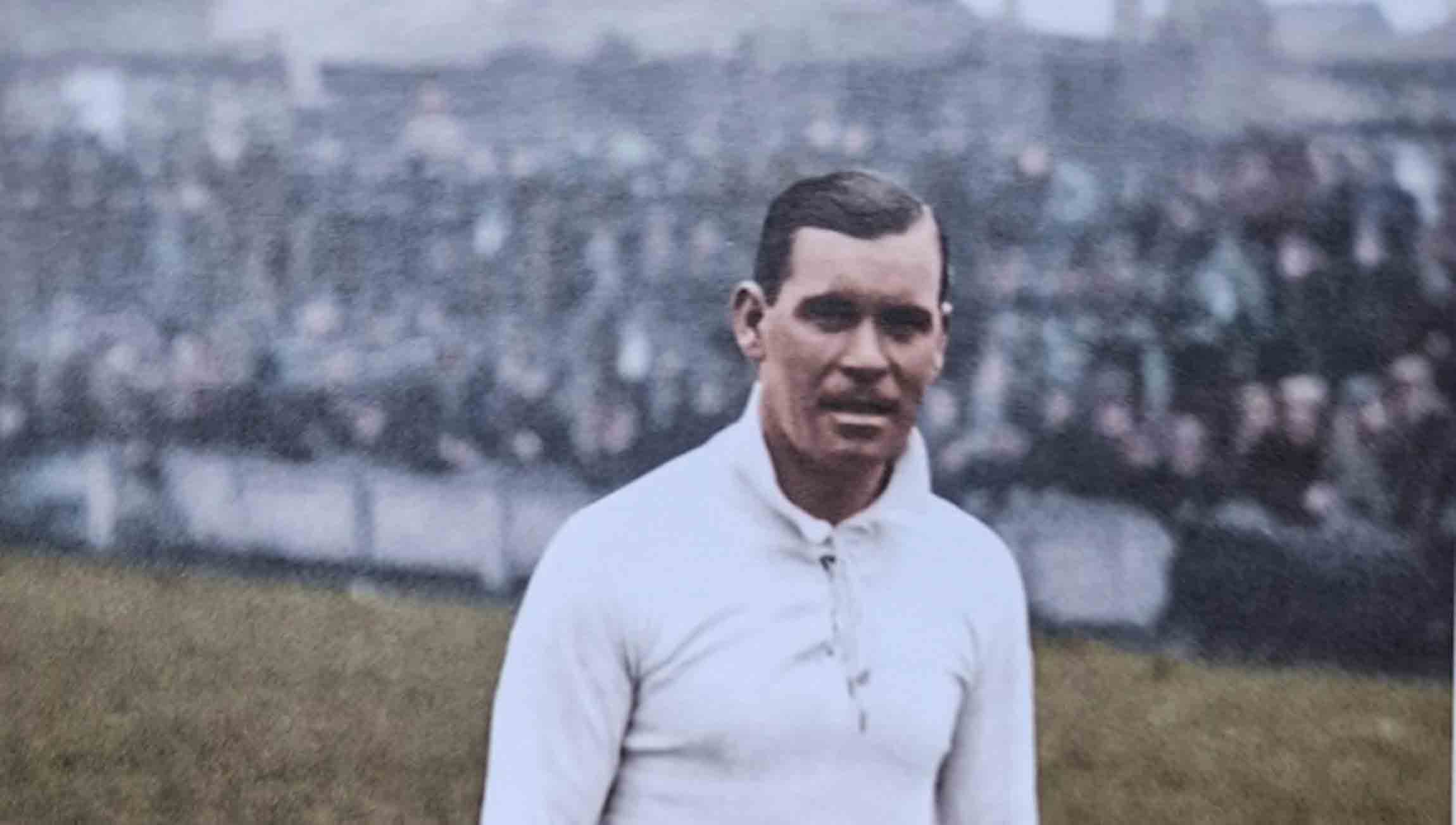Patsy Hendren – a Brentford & England legend
This summer Ivan Toney became a household name for his appearances when playing for England – even if they were late in the game. With due respect to the previous Brentford players gaining their sole England caps, Billy Scott and Leslie Smith in 1936 and 1939 respectively, that’s a familiarity they didn’t achieve. So, Ivan must have created Brentford history. That’s true ….up to a point. However, Brentford supporters of 100 years ago standing on the terraces of Griffin Park would probably disagree, as they were already sharing a Brentford hero with the rest of the nation.
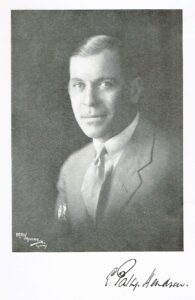
Patsy Hendren, may not be an instantly recognizable name for many fans today, but his record for Brentford and England will never be surpassed.
Although probably worth mentioning at this stage his England legendary status was for cricket rather than football. It was like seeing modern-day Joe Root hitting a century with the bat at Lord’s in the summer, before turning out for the Bees at the beginning of autumn.
Many players are referred to as a “legend”, but it certainly applies to Patsy, as there is no-one quite like him in Brentford’s history, and never will be again.
Early years
Hendren was local boy, born in Chiswick (in the registration district of Brentford) on 5 February 1889, thus making him 8 months older than Brentford FC. His full name was Elias Henry Hendren – although was known as Pat, or Patsy, as a result of his Irish connections. His parents and older siblings had arrived from Ireland a few years earlier and it is likely the family surname was originally O’Hanrahan, which then morphed into Hendren. The family were living in Jessops Row, a small row of terraced houses off Belmont Road in W4, at the time of Patsy’s birth.
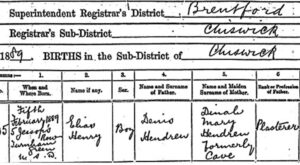 He was baptised at Our Lady of Grace Catholic Church on Chiswick High Road in March 1889.
He was baptised at Our Lady of Grace Catholic Church on Chiswick High Road in March 1889.
Whilst in that same month, the members of the Brentford Rowing Club had their “disagreement” and split into two clubs, both using the same name.
The “breakaway” club (who would go on to make the momentous decision to form a football club in October) establishing their HQ at the Oxford & Cambridge Hotel, a little over a mile away from where baby Elias was being christened.
The footballer in the early years
As a schoolboy and teenager, Patsy played football for sides including Chiswick St Mary’s, Chiswick St Nicholas’, and the reserve side of a team in W12. He also played for Sanderson’s, the wallpaper manufacturers in Chiswick. He left school at 15 and became an apprentice at a local engineering firm, which he apparently did not enjoy. Aged 18, he joined Brentford, at the 3-year-old Griffin Park, for the 1907-08 season. Initially in the reserves, he made his Southern League debut for the club in March against Norwich, his only first team appearance of the season.
In June 1908 he signed for Manchester City and went on to score 25 goals as their reserves won the Lancashire Combination. His form led to two appearances for City in the Football League 1st Division in April 1909.
His football career then took him to Coventry City in October 1909, who were a peer of Brentford’s in the Southern League 1st Division. During his 2 seasons there, he played in both games against the Bees at Griffin Park, which ended in defeat for City, 3-1 & 1-0. As a player, he was noted for the persistency with which he forced himself past defenders and also for his terrific powerful shooting.
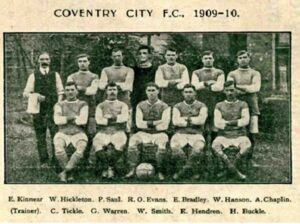
The summer of 1911 saw Patsy (22) make his final football transfer as he returned to Griffin Park and would go on to play for the Bees through until 1927.
For many, that would be a pretty decent sporting career, but that was just one half of his life, as in parallel he was also writing his name into cricket history.
The cricketer
From at least the age of 12, he had shown cricket prowess when he played for a side on Turnham Green. Their ground was the same open land surrounding Christ Church today, along Chiswick High Road. Back in Hendren’s era there was a butcher’s shop facing the green and any batsman who hit the ball over, or through the traffic (horse and cart variety back then) and into the shop would win a prize! Great story but no evidence that Patsy was successful at the challenge.
His ability with the bat was however noticed by Middlesex County Cricket Club when playing in a match in the grounds of Chiswick House and at 16 he was engaged at Lord’s as part of the ground staff before making his debut for the county side in 1907. Early on his clean and powerful drives began to get him touted as a potential England player, an honour he later attained.
The world of cricket is great for recording statistics and Patsy Hendren had an outstanding career of over 30 years, with many of his performances still ranking near the top.
Even for those football supporters who don’t follow cricket, his achievements and their rankings are impressive. For cricket followers, they are truly outstanding. They include the facts that:
- He played over 833 first class matches.
- Scored 57,611 first class runs, with an average of 50.8. That places him third highest of all time. Only Jack Hobbs & Frank Woolley are ahead of him. W G Grace is at number 5, Geoffrey Boycott 8 with Graham Gooch at 10.
- He scored 22 double-centuries. Another third place, this time behind Don Bradman and Wally Hammond.
- His 170 centuries is only beaten by Jack Hobbs.
- His highest score was 301 (not out), against Worcestershire.
- He went on 5 tours with England, to Australia (3 times), South Africa and West Indies.
- In Test Matches he had an average of 47.6, with a top score of 205 (not out).
- He was aged 45 when he scored 132 against Australia, making him the second oldest player to score a century in a Test Match.
- He is still in the Top 50 (at 46) of players to reach 3,000 Test runs in the fewest number of innings (69). The only current Englishman above him on the list is Joe Root, who reached the milestone in 62 Tests.
- His 3,525 runs ranks him at 41 as players with the most runs for England.
- He was part of the England team to win the Ashes (4-1) in Australia in 1928-9.
- Twice he was the leading run scorer in the County Championship (1931 & 1936).
- And he could bowl at bit too, taking 47 wickets, with a career best of 5/43.
- Plus, he also took 759 catches, the ninth highest in first class cricket (for a non wicket-keeper).
- In 1920 he was a Wisden Cricketer of the Year.
Another unique fact about Patsy was he was the first player to wear a helmet, in preference to a cap. He’d been hit on the head numerous times including a Harold Larwood bouncer in 1931 which required 6 stiches in a wound.
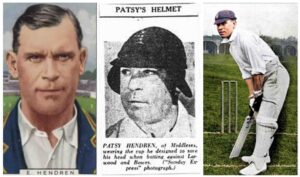 So, a couple of years later his wife took a traditional cricket cap and lined it with rubber, with “flaps” over the ears and an additional peak to protect his eyes. When he first wore it at Lord’s, to say the cricketing purists were unimpressed would be an understatement.
So, a couple of years later his wife took a traditional cricket cap and lined it with rubber, with “flaps” over the ears and an additional peak to protect his eyes. When he first wore it at Lord’s, to say the cricketing purists were unimpressed would be an understatement.
The revolutionary cap wasn’t used again, and it would be another 40 years before helmets became commonplace.
His final game was for Middlesex at Lord’s in 1937, aged 48.
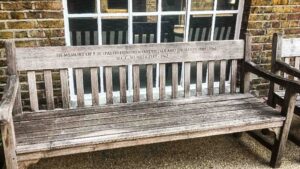
He scored 103 & 0. The 17k crowd sung “For he’s a jolly good fellow” as all the players and supporters applauded him as he left the field.
Even today if you visit Lord’s, the esteem in which Patsy is still held, is shown by mentions to him on a plaque on their 100 Greatest Milestone wall, and on a bench outside the pavilion.
The footballer (later years)
Patsy, and others, in that era were able to play both football and cricket as there was very little time overlap between the winter and summer sports. Hence his second Bees debut was in the 5th game of the 1911-12 season, and he marked it with a brace against Exeter in a 3-1 win.
He played in two Southern League 1st Division seasons before we were relegated to their 2nd Division for a couple more. Four seasons of wartime regional leagues followed but as the Bees won the last of these competitions, they found themselves back in the Southern League 1st Division when football recommenced in 1919-20.
Hendren played the majority of games in this period and was also selected to play football for England, in a Victory International against Wales at Cardiff in 1919. It wasn’t regarded as a full cap but gave him the opportunity to represent his country at both sports he played.
Patsy was awarded a benefit game in 1919 against Cambridge University, which the Bees won 5-4, with Hendren on the scoresheet.
As the Football League decided to expand for the 1920-21 season, the Southern League became Division 3. At this point, Hendren was reaching the peak of his cricketing career and Brentford agreed to a clause in his contract that he would be free to go on tour with England, if selected.
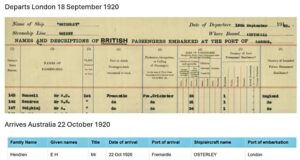
This duly transpired when he was selected to go to Australia. With travel taking somewhat longer than today (44 days by boat), it wasn’t until he returned in April, that he made his first Football League appearance for the Bees.
He missed the whole of season 1924-25 with another tour down-under. Apart from those, he usually played the majority of games in a season, with different spells on either flank.
In October 1926 he created Bees history in a game against his former side Coventry, as the first player to score four goals in a Football League game at Griffin Park (including 2 pens), as the Bees won 7-3.
He had a second benefit match in 1927 when autographed photos of Hendren were on sale at sixpence each. He captained the team from his usual position at outside-right and scored a magnificent goal after a splendid dribble and a well-timed cut into the goalmouth as the Bees won 5-1. Having captained the side on a few occasions, his final Brentford appearance was in April 1927 against Newport, and after over 400 games and 75 goals (including wartime), he was given a “splendid ovation” at the end of the game. Although he felt he could continue, he decided to retire in his football prime and would devote his time to his indoor cricket school, for boys and girls, in Acton, whilst still playing cricket for Middlesex and England.
As Harry Curtis’s side rose to the 1st Division during the 1930s, Hendren continued to be a regular face at Griffin Park for matches, events, dinners and occasionally as linesman or referee in charity matches.
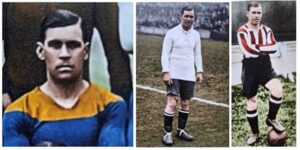 Apart from seeing Griffin Park develop from little more than a field in 1907, to a near 40k capacity stadium, and playing for numerous managers, he also wore a wide array of Brentford shirts.
Apart from seeing Griffin Park develop from little more than a field in 1907, to a near 40k capacity stadium, and playing for numerous managers, he also wore a wide array of Brentford shirts.
He started in blue & gold (of different designs), before sporting the white jersey which the club adopted for the first 5 seasons after joining the Football League. His last couple of seasons were in the club’s new red & white stripes.
The soldier
Sport did attempt to carry on during World War I, with Private Hendren joining the 23rd (Service) Battalion Royal Fusiliers (First Sportsman’s) in December 1914. Although the battalion was initially based at Hornchurch, it was eventually posted overseas, although Hendren remained on home service. Primarily he was based in Leamington Spa, and later worked in munitions at Dent’s Works in Acton. His cricket records omit the 1915-1918 period.
The person
Whether on the football or cricket pitch he was noted for his sense of fun, and his friendly personality.
Peers of his in cricket described him as “a lovable personality and a man who raised the status of the professional cricketer”, “I do not know a more popular man”, even the Australian Prime Minister of the time said he was “a warm-hearted human being who embodied and displayed the true character of cricket”.
In a charity match at Griffin Park in 1923 he caused much amusement and delight to the crowd by his clever antics in eluding his opponents, gaining numerous corners, and placing them with perfect accuracy. In 1924 it was much appreciated that he made the journey from Lord’s to present trophies at the Ealing Schools junior and senior tournament at Griffin Park. He had an ideal temperament. No one ever saw him ruffled, no matter how much he got knocked about playing football, he would always leave the field smiling.
Sir Jack Hobbs remembered him as “the life and soul of the party on all tours.”
Later life
After he retired from cricket, Patsy became a cricket coach at Harrow School for 8 years and then at Sussex CCC, before returning to Lord’s as official scorer in 1952. He was elected a life member of the MCC. He had Alzheimer’s in later life, then following a stroke, he died in October 1962, aged 73.
Patsy was inducted into Brentford’s Hall of Fame in 2015.
Patsy on film
Because of his status in the world of cricket, he was filmed for the newsreels of the day (now on YouTube) and has left us with the unique ability to still hear and see a Brentford legend who was older than the club.
There’s a short interview with him when he retired from cricket in 1937.
Even his sole football appearance for the England XI in 1919 was captured on film, although somewhat tricky to spot him!
In own words
In 1914 he said of his dual sporting life “I am quite sure my football is helped by my cricket, and that my cricket is helped by my football.”

Jonathan Burchill

